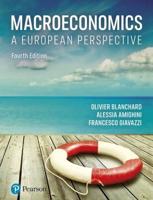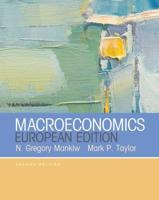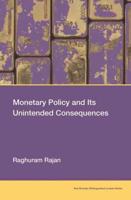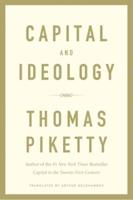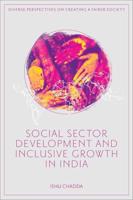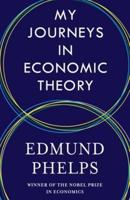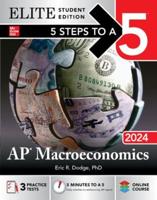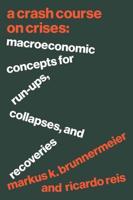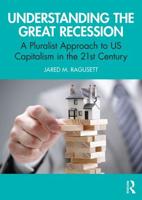Publisher's Synopsis
Three-quarters of a century after the creation of the states of Northern Ireland (NI) and the Republic of Ireland (ROI) it is appropriate to evaluate the past performance and future prospects for the two economies. This is now especially important given that ongoing attempts to achieve a constitutional settlement could lead to a much closer integration of policy making in the two Irish economies. While the disappointing historical performance of the ROI and NI economies in terms of employment and living standards has been widely recognised this book explains such poor performance through examining the competitiveness at the sectoral level. The Irish economies have failed to achieve the expected 'catch-up' toward average UK and European income levels and the authors trace this to the productivity and size of major economic sectors. The book has been written in an accessible style and should interest anyone concerned with the economics of, or public policy and politics of, NI or the ROI. This book is unique in its detailed consideration of the relative efficiency of various sectors since the 1920s. Comparisons are made of competitiveness and productivity levels relative to Britain and also continental Europe and the USA. Emphasis is given to the extent to which the Irish economies have been overtaken by some of the other small and peripheral economies of Europe. The possibility that the ROI and NI economies share with Britain the handicap of a chronic shortfall in standards of education and training is given extended consideration. Factors such as industrial policy, the availability of generous government subsidies, the Troubles and the political partition of the island are also examined as possible negative influences on long run growth. The analysis is directed towards the shaping of more appropriate economic development policy, in particular, the authors provide a realistic evaluation of the claims made since the start of the 1990s as to the gains which could arise from greater co-operation between the NI and ROI economies together with more unified policy-making.

